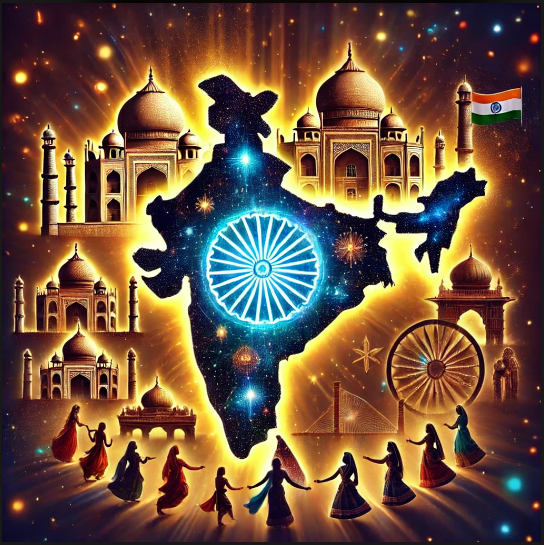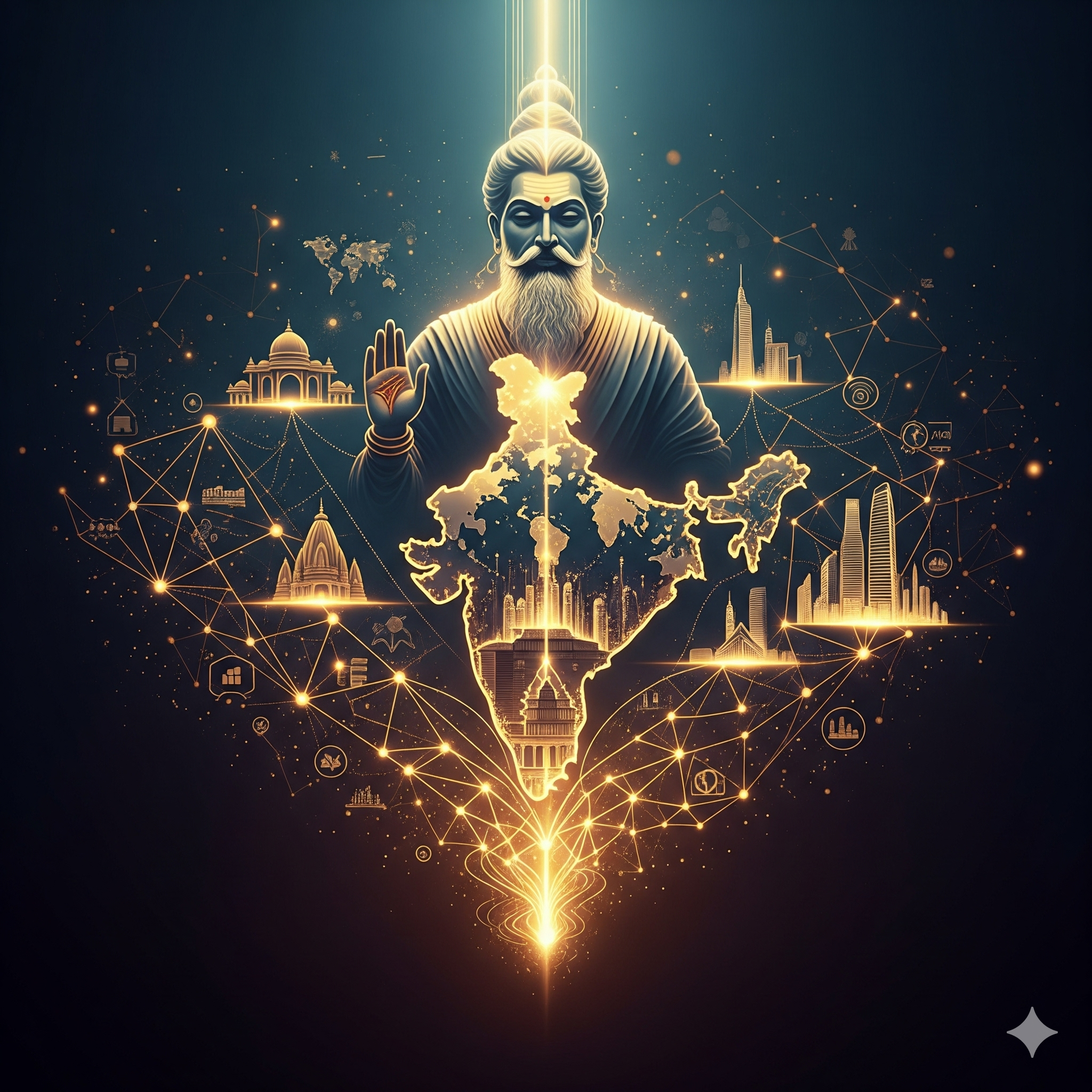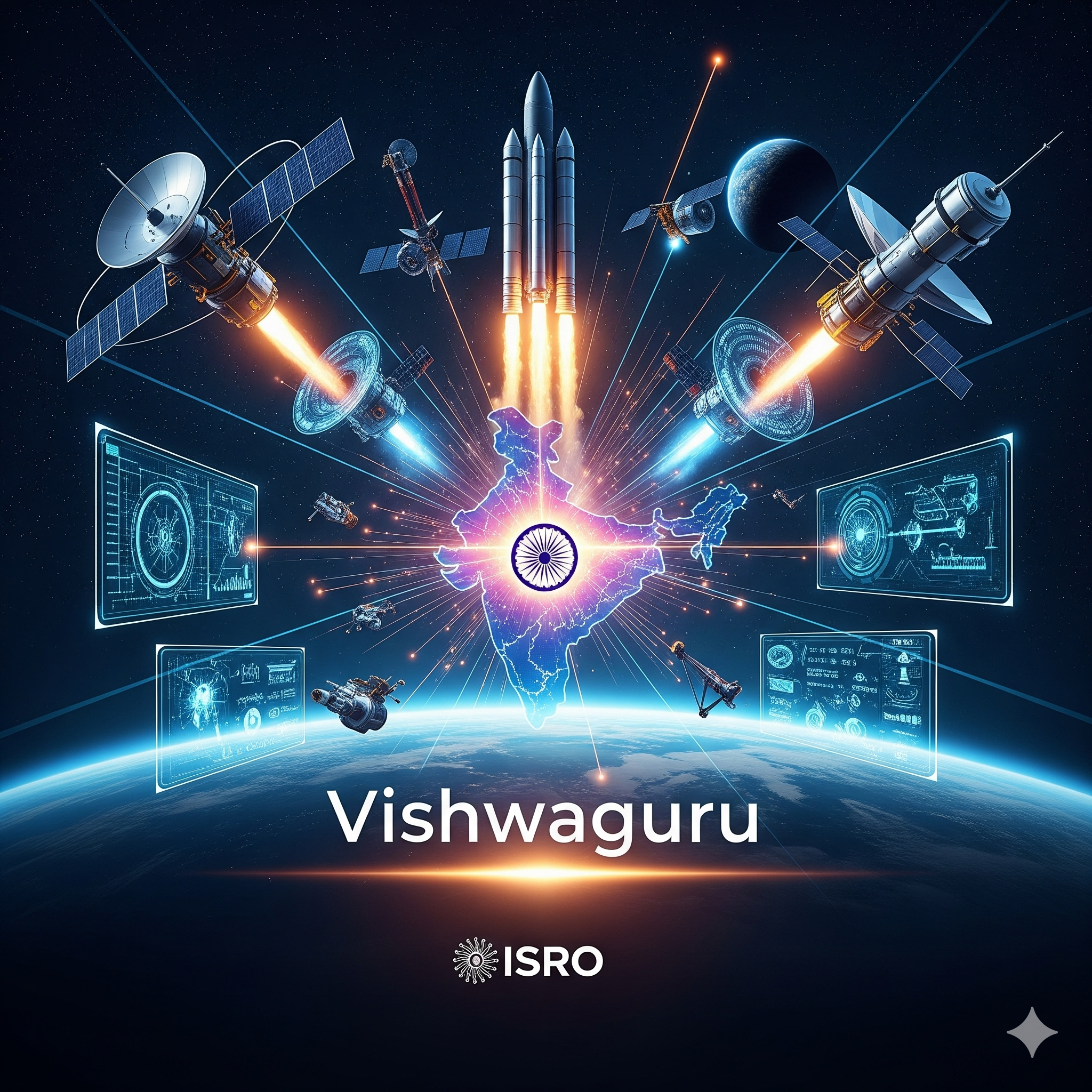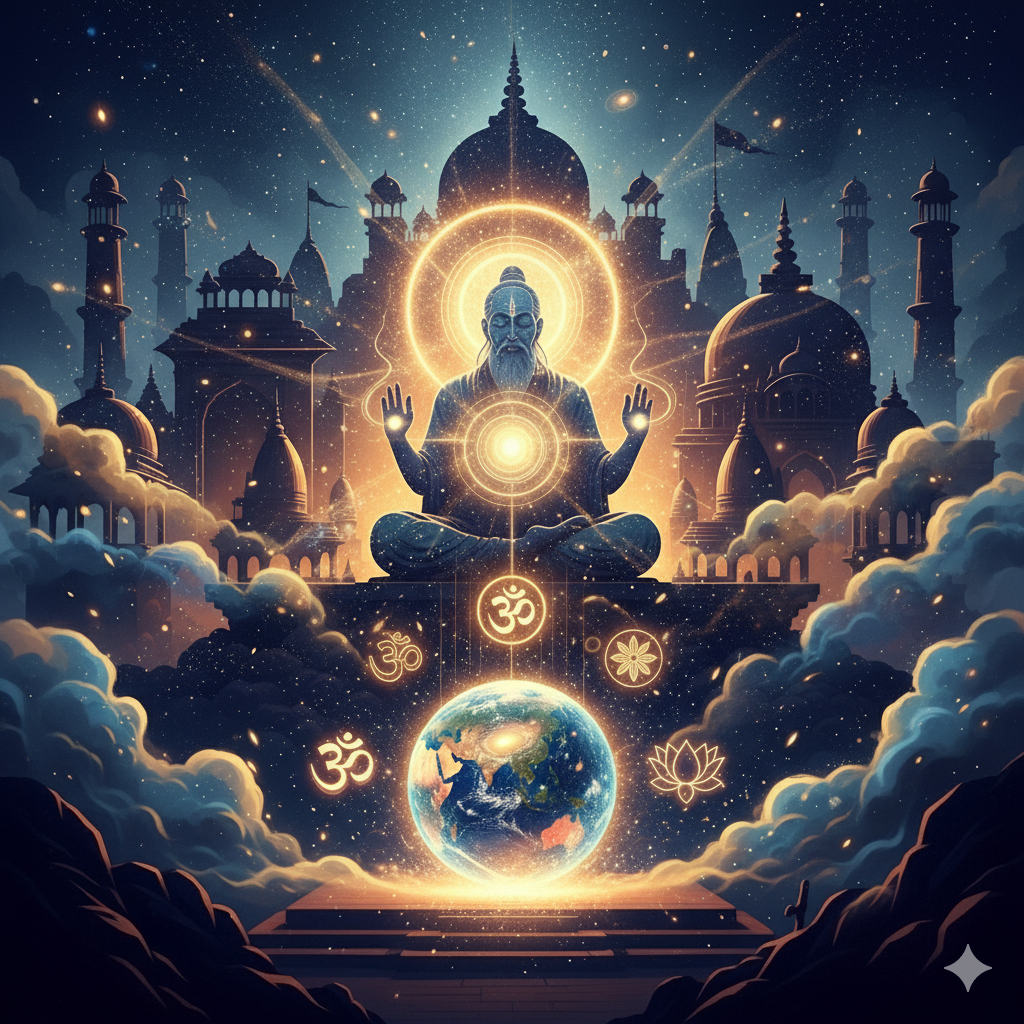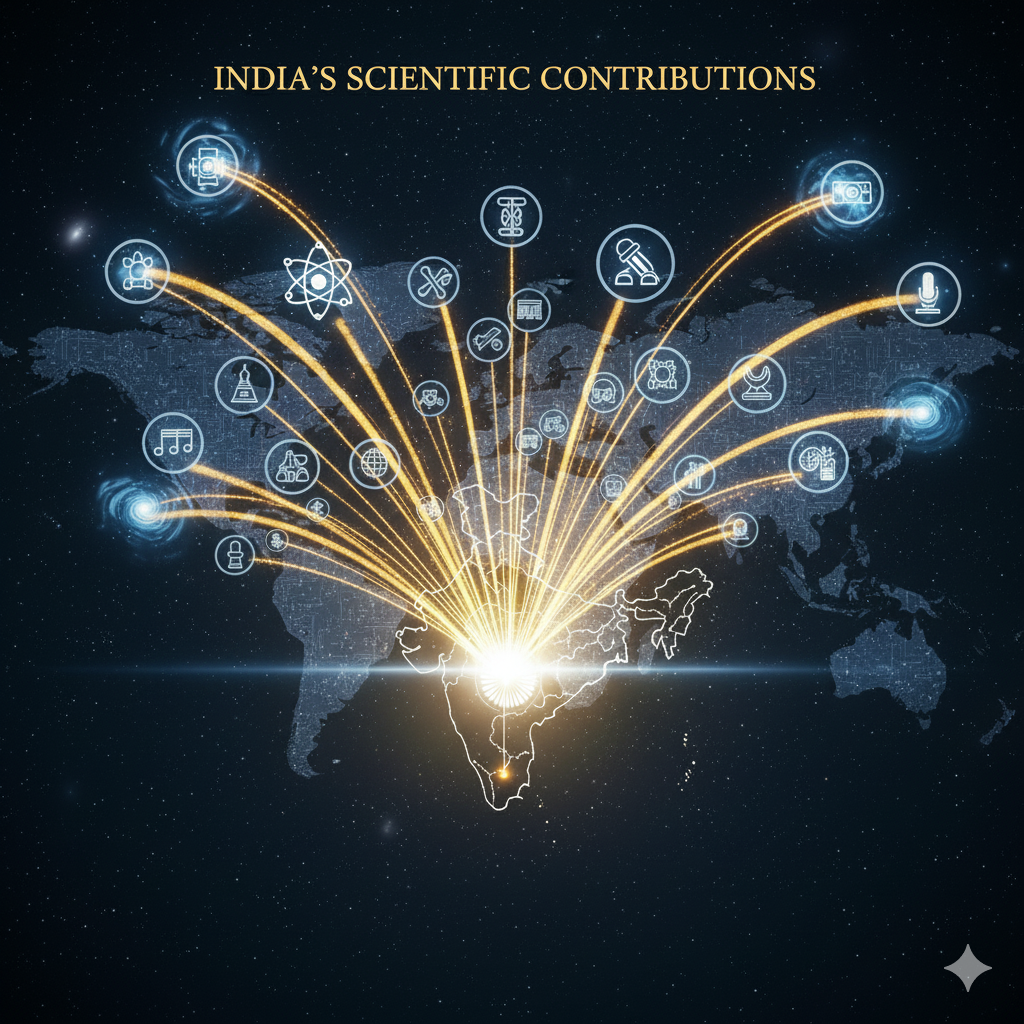Introduction
India is a land of immense diversity, encompassing various languages, religions, customs, traditions, and cultural practices. Despite this diversity, the country has remained united, reflecting the essence of “Unity in Diversity.” The concept signifies that while Indians belong to different backgrounds, they coexist harmoniously, sharing a common cultural thread. This document analyzes the logical framework of this statement, supported by suitable illustrations.
1. Historical Perspective on Unity in Diversity
Ancient India
- India has been a melting pot of civilizations, including the Indus Valley, Vedic, Mauryan, and Gupta civilizations.
- Religious tolerance was evident in ancient times, as seen in Emperor Ashoka’s policies of promoting peace among various religious groups.
- The presence of multiple languages such as Sanskrit, Tamil, and Prakrit reflects linguistic diversity while maintaining a shared cultural ethos.
Medieval India
- The Bhakti and Sufi movements emphasized communal harmony, bringing Hindus and Muslims closer through spiritual teachings.
- The Mughal era saw the amalgamation of Persian, Indian, and regional cultural elements, seen in architecture, art, and music.
- The coexistence of diverse traditions in trade and governance showcased India’s cultural synthesis.
Modern India and the Freedom Struggle
- India’s struggle for independence was a unifying force, bringing together people from different communities under a common cause.
- Leaders like Mahatma Gandhi, Jawaharlal Nehru, and Subhas Chandra Bose emphasized national integration.
- The adoption of a secular and democratic framework post-independence ensured inclusivity.
2. Cultural Aspects Showcasing Unity in Diversity
Religious Pluralism
- India is home to major religions like Hinduism, Islam, Christianity, Sikhism, Buddhism, and Jainism.
- Festivals like Diwali, Eid, Christmas, Guru Nanak Jayanti, and Buddha Purnima are celebrated across communities, fostering mutual respect.
- Pilgrimage sites such as Varanasi, Ajmer Sharif, Golden Temple, and Velankanni Church attract people beyond religious affiliations.
Linguistic Diversity and National Integration
- India has 22 official languages and over 1,600 dialects, yet Hindi and English serve as bridges for communication.
- Literary contributions from various languages—like Sanskrit’s epics, Tamil Sangam literature, and Urdu poetry—showcase linguistic richness.
- Regional films, music, and literature contribute to cultural unity by transcending language barriers.
Traditional Arts and Crafts
- India’s diverse artistic traditions, such as Madhubani (Bihar), Warli (Maharashtra), and Pattachitra (Odisha), reflect regional uniqueness while portraying shared themes.
- Dance forms like Bharatanatyam (Tamil Nadu), Kathak (North India), and Manipuri (Northeast) showcase distinct styles yet uphold the shared cultural narrative.
- Bollywood and regional cinema unite people by blending elements from different cultures in their storytelling and music.
3. Social and Political Frameworks Supporting Unity
Democratic and Constitutional Safeguards
- The Constitution of India upholds secularism and guarantees fundamental rights such as freedom of religion, speech, and equality.
- The concept of “Unity in Diversity” is reinforced through policies promoting reservation, minority rights, and cultural preservation.
- National symbols like the tricolor flag, national anthem (Jana Gana Mana), and national song (Vande Mataram) evoke a sense of unity.
Education and Social Awareness
- The education system includes historical and cultural studies, fostering awareness about India’s diverse heritage.
- National festivals like Republic Day and Independence Day instill patriotism across regions and communities.
- Programs like Ek Bharat Shreshtha Bharat encourage inter-state cultural exchanges.
Economic Integration
- The diversity in agriculture, handicrafts, and industries ensures interdependence among states.
- Cities like Mumbai, Delhi, and Bangalore host a cosmopolitan workforce, blending cultures from different parts of the country.
- Government initiatives like Make in India and Digital India foster inclusive economic growth.
4. Challenges to Unity in Diversity
Regionalism and Linguistic Conflicts
- Movements demanding separate states or special status sometimes threaten national integration.
- Linguistic tensions arise over language preferences in governance and education.
Religious and Ethnic Conflicts
- Communal violence and politically motivated tensions disrupt harmony.
- However, efforts like interfaith dialogues and secular policies help address these issues.
Economic and Social Disparities
- Unequal economic development sometimes creates social divisions.
- Policies focusing on inclusive growth aim to reduce disparities and strengthen unity.
5. Illustrations of Unity in Diversity in Everyday Life
Festivals and Celebrations
- People across faiths participate in each other’s festivals—Hindus visit Sufi shrines, Muslims celebrate Diwali with neighbors, and Christians participate in Pongal.
Culinary Diversity
- Indian cuisine is a fusion of different regional flavors—North Indian butter chicken, South Indian dosa, Bengali sweets, and Rajasthani dal baati reflect cultural amalgamation.
Sports and Entertainment
- Cricket, a sport uniting people across regions, is a prime example of collective national spirit.
- Movies like Lagaan and Chak De! India depict how diversity contributes to teamwork and national pride.
6. Conclusion
India stands as a remarkable example of Unity in Diversity, where multiple cultures, languages, and traditions blend seamlessly. The historical, cultural, social, and political frameworks reinforce this unity despite occasional challenges. The nation’s ability to embrace diversity while maintaining harmony is a testament to its resilience and inclusive spirit. In the modern world, India’s example serves as an inspiration for peaceful coexistence and mutual respect among diverse communities.
Thus, the statement “Indian Culture is the symbol of Unity in Diversity” holds true, reflecting a unique societal structure where differences are not divisions but strengths.
